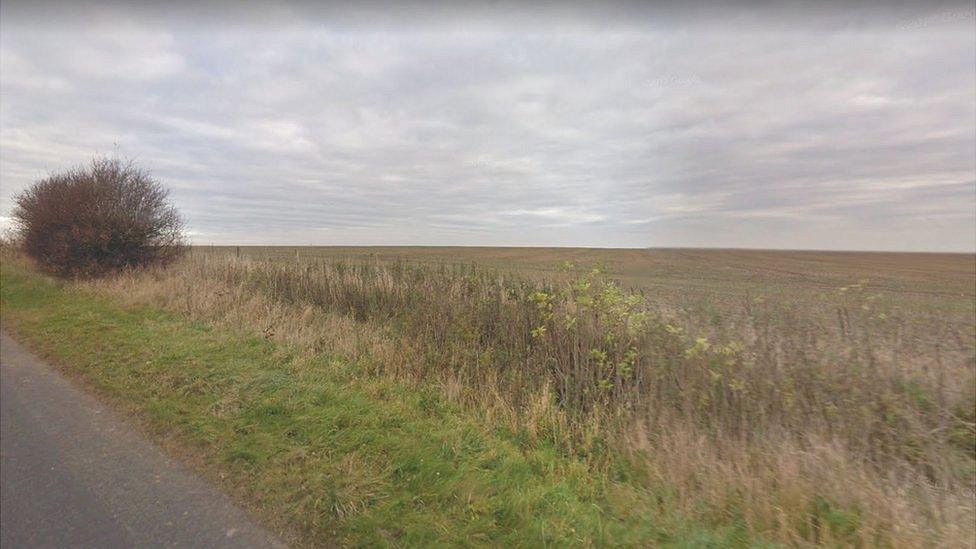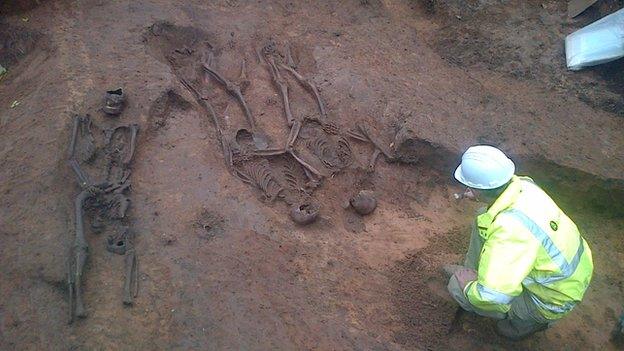Battle of Towton protection extended by Historic England
- Published

The Battle of Towton saw up to 28,000 soldiers killed on a single day
The protected area recognised as the site on which the Battle of Towton was fought has been extended.
The battle in 1461 during the Wars of the Roses is reputed to have been the largest and bloodiest fought in England, said Historic England.
The Battle of Towton saw up to 28,000 soldiers killed on a single day.
A larger area around Towton and Saxton, in North Yorkshire, will now be in the Historic England registered battlefield, external.
Live updates and more stories from Yorkshire
Historic England's register identifies 46 important English battlefields to give protection through the planning system and a better understanding of their significance.
The battlefield lies broadly across a plateau defined by the lower ground of the River Wharfe valley to the east, thought to have been woodlands in the 15th Century, and the Cock Beck to the west.
In 1996 a mass grave of more than 40 bodies killed in the battle was discovered at Towton Hall, which is now within the new protected area.
The Battle of Towton, which was fought on 29 March 1461, saw the Lancastrian forces of Henry VI defeated by those of Edward of York who became King Edward IV.
He died in 1483 and his brother Richard III took the throne.


The landscape around the site has changed little
Registered battlefield
The site of the fighting, near Tadcaster and nine miles (14km) from York, was included on the Historic England Battlefields Register because:
It was a key battle of the Wars of the Roses (1455-87).
It was on large scale.
The modern landscape is thought to be little changed.
It has significant archaeological remains.
It is one of the best researched battlefields with the first mass grave to have a controlled archaeological excavation.

The move for a larger area to be registered comes after campaigning by local history groups.
The Towton Battlefield Society said: "This is the cause for celebration after many years of campaigning, meetings, endless phone calls and hard work we have finally won a significant extension of the battlefield boundary."
- Published27 February 2015

- Published7 October 2013

- Published22 November 2010